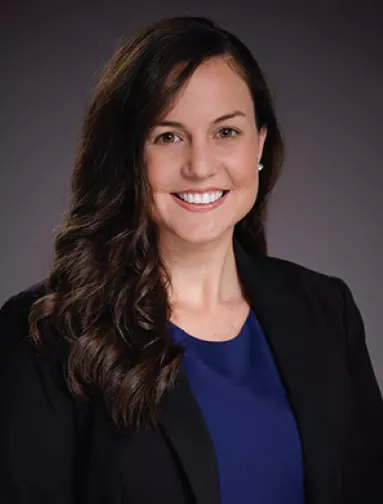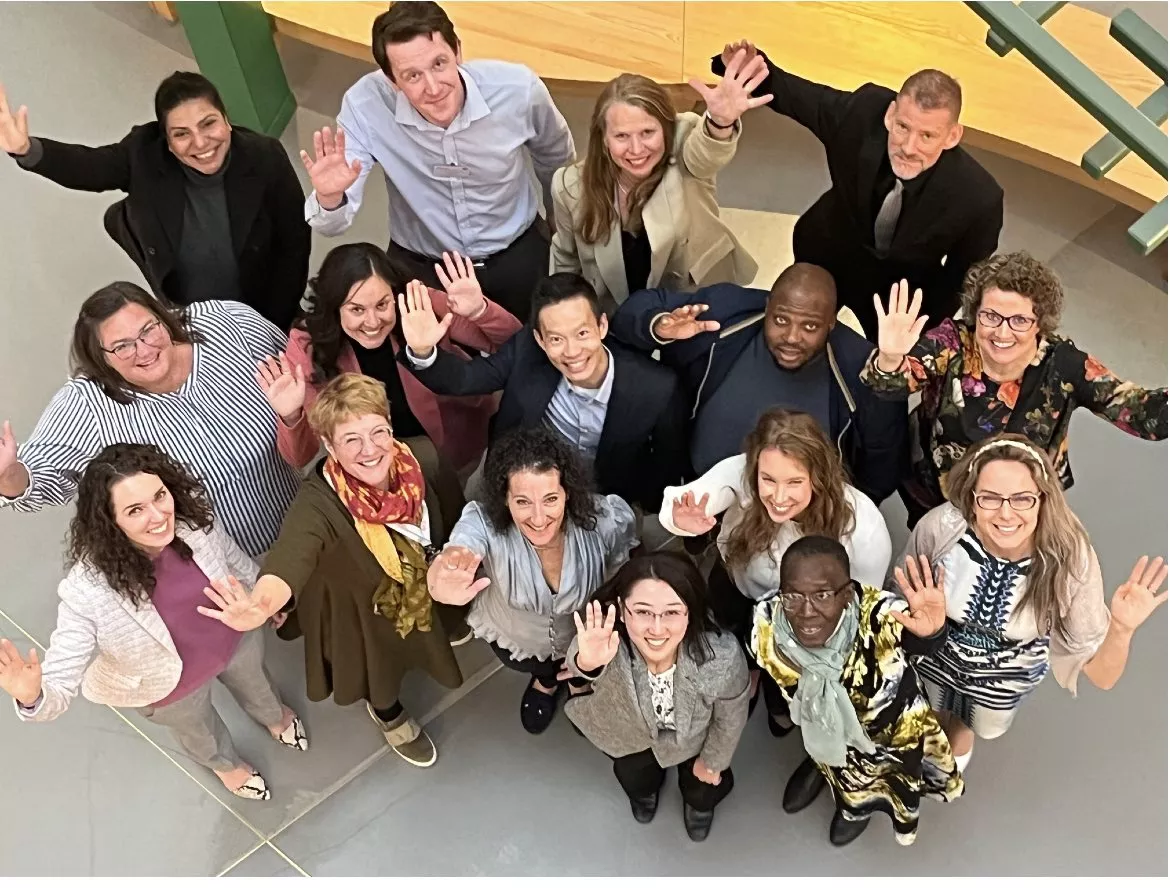Building awareness of gender responsive standards : Q&A with Sofia Jaspers Faijer

Meet Sofia
Sofia Jaspers-Faijer is Program Manager for the International Standards Development Secretariat within SCC’s Standards and International Relations Branch. She focuses on the governance and policy side of ISO and IEC, and was recently appointed as IEC Forum convenor. Sofia represents SCC in the ISO/IEC Joint Strategic Advisory Group (JSAG) on Gender Responsive Standards (GRS).
Fun Fact: Sofia loves travelling and lived in five countries. With her father being a diplomat, she grew up in a culture different than her parents’. Her exposure to the diplomatic world led her to work in international relations, which she loves.
How has SCC's work contributed to building awareness of gender responsive standards (GRS)?
There has been a long-standing myth that standards are neutral, however, gender bias exists, and standards are directly affected by those who write them.
In 2019, SCC signed the United Nations Economic Commission for Europe’s (UNECE) Declaration for Gender Responsive Standards and developed a five-year gender strategy aimed at improving representation, building gender expertise, and contributing to sound research.
In 2020, SCC’s groundbreaking report When One Size Does Not Protect All: Understanding Why Gender Matters for Standardization, brought to the forefront the impact of gender on standardization. This research took data of 106 countries and demonstrated how the lack of gender-responsiveness has resulted in standards protecting men better than women. The findings in this research have now been referenced in numerous publications advocating for gender considerations in the standards development process.
SCC’s work on GRS have made us global leader and champion of gender responsive standards. I am very proud of SCC’s longstanding commitment to raising awareness on GRS and the impact that our work has had in building the case and advancing gender considerations in standards development.

Sofia stands with members of the ISO/IEC Joint Strategic Group on Gender Responsive standards during their first in person plenary meeting in Stockholm, Sweden on April 26, 2023.
What progress have you seen in the advancement of GRS?
We have certainly come a long way since SCC signed the United Nations Economic Commission for Europe’s (UNECE) Declaration for Gender Responsive Standards back in 2019.
As a founding member of the ISO/IEC Joint Strategic Group on Gender Responsive Standards (JSAG on GRS), I have seen firsthand the impact this group has had in the ISO and IEC technical communities for the past four years. Through various awareness raising campaigns and training sessions, we have been able to reach over 1,200 members of the standardization community. In addition, the JSAG has developed a guidance document, an assessment form, and a training module to further empower technical experts on how to incorporate gender considerations in the standards development process.
In the JSAG’s survey to ISO and IEC experts back in 2020, only 25% took gender into consideration in the standards development process, compared to 37% in the survey conducted in 2023. While these results are encouraging, it demonstrates that further education and awareness on the importance of GRS is required in the standardization community.
There are still challenges in communicating the role of gender in standards, and there remains a level of resistance to GRS within the standardization community. We should continue raising awareness on GRS and ensure that data is representative of the population to help make standards safer and more effective.
This year's International Women's Day theme is Inspire Inclusion. What message would you like to share with the standardization network?
Standards have the power to make products and services more inclusive and advance gender equality. Gender responsive standards that define requirements for considerations of different populations, size, weight, shapes, etc., will allow for products and services to become more inclusive for all populations, including women.
Data is crucial in standards development; however, most products and technologies are designed using anthropometric databases that have limited representation from women. The example of the crash test dummy has often been referenced, as an example that despite the reductions in fatalities due to car accidents, research shows that women are 73% more likely to be seriously injured or die in a car accident than men. This is because the data used has historically been referencing men’s anthropometry.
Incorporating sex-disaggregated data, will inherently make standards more inclusive and have products better design for men and women. I encourage our standardization network to seek sex-disaggregated data and guidance on gender consideration because incorporating a gender lens to the standards development process will in turn make our products safer, effective and inclusive to all.